New RFs 2023 - Space Science Faculty
Research Fellows in Space Science 2023
Ashley Chrimes | Guillaume Cruz-Mermy | Marjorie Decleir | Camille Diez | Henrik Eklund | Elena Favaro
Thibaud Moutard | Isabel Rebollido Vázquez | Rozenn Robidel | Laura Rodríguez García | Matthew Standing | Andy Shu Ho To
- Removed a total of (2) style text-align:center;
Ashley Chrimes
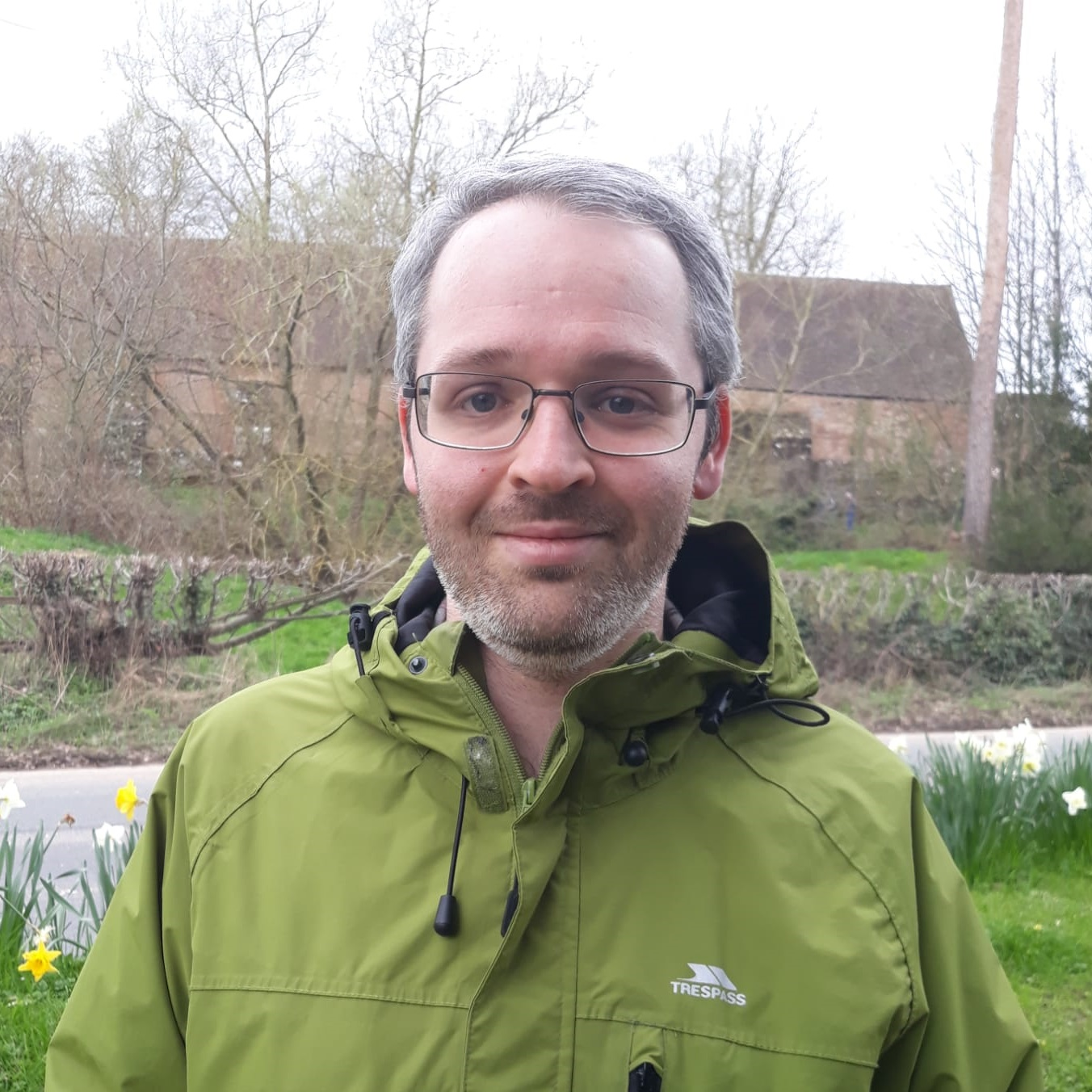
- Removed a total of (1) style float:left;
Guillaume Cruz-Mermy
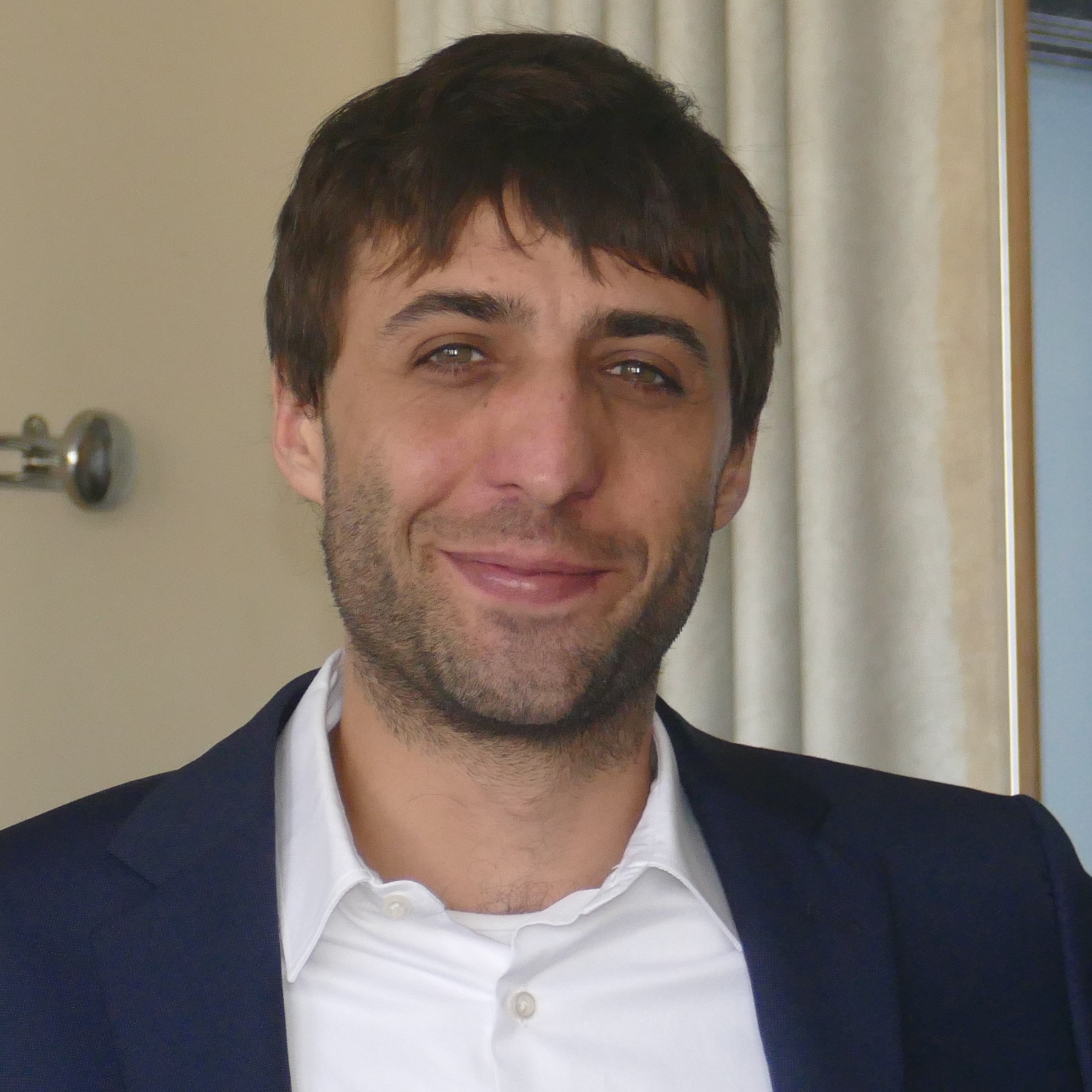
- Removed a total of (1) style float:left;
Marjorie Decleir
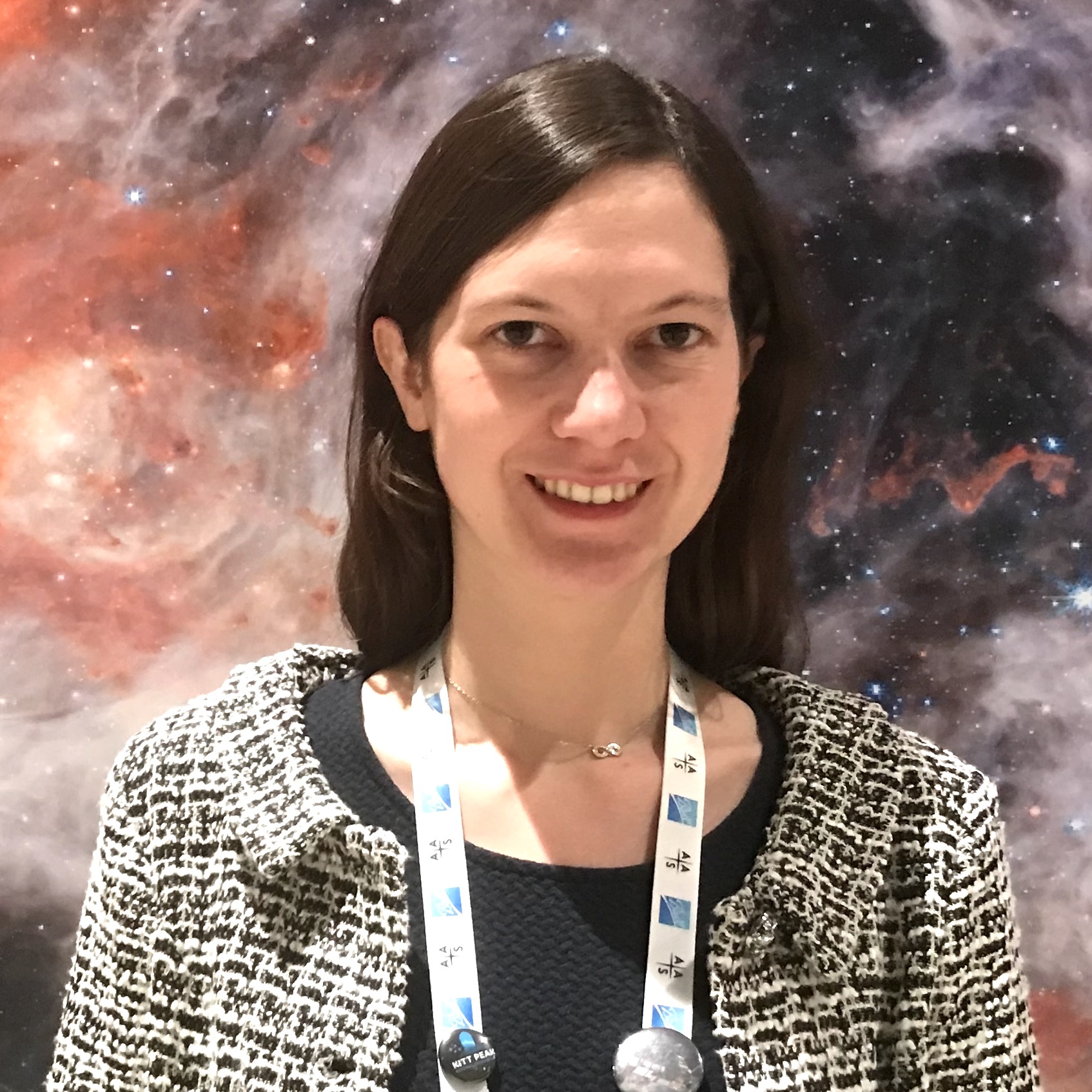
- Removed a total of (1) style float:left;
Camille Diez
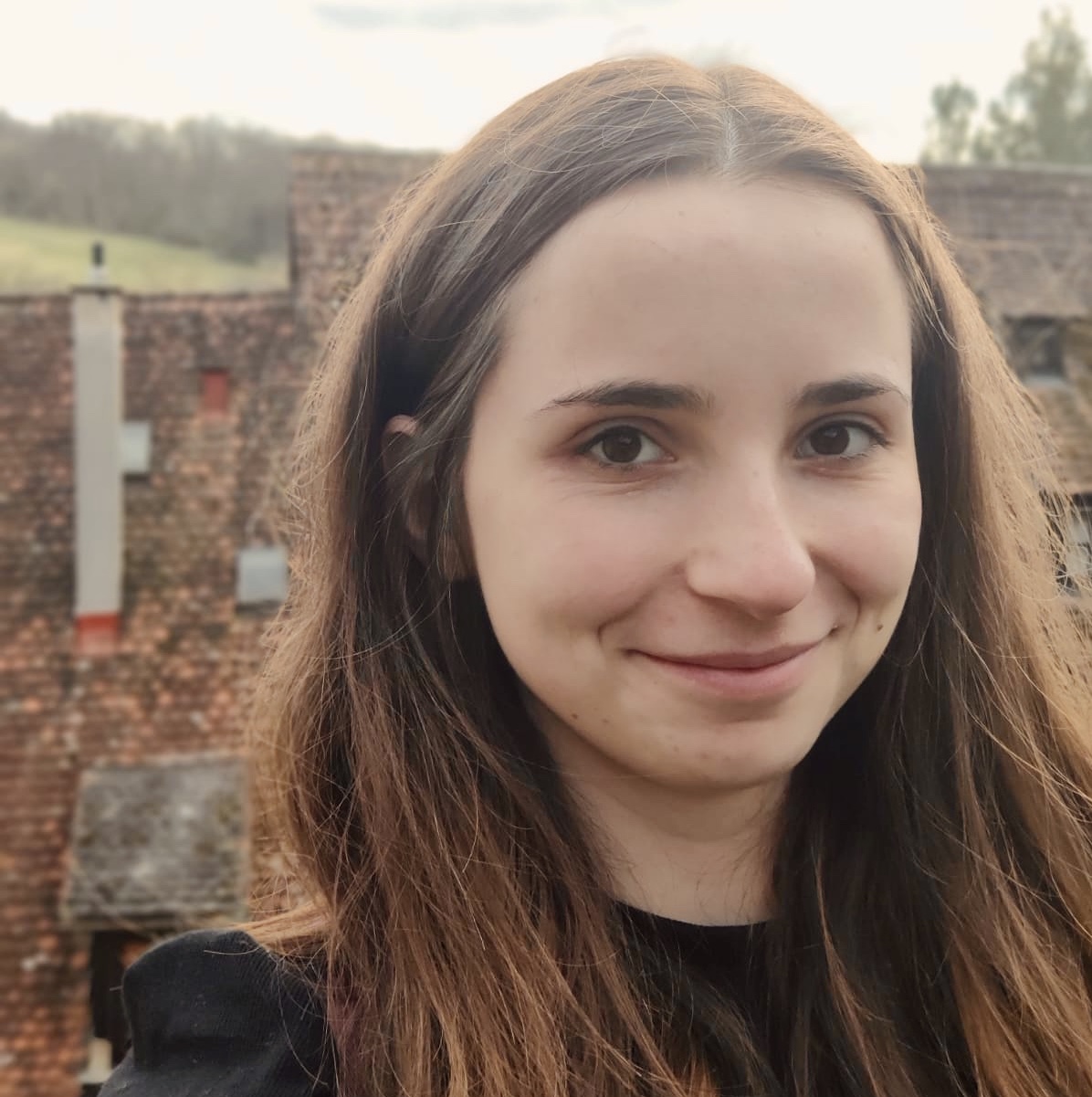
- Removed a total of (1) style float:left;
Henrik Eklund

- Removed a total of (1) style float:left;
Elena Favaro
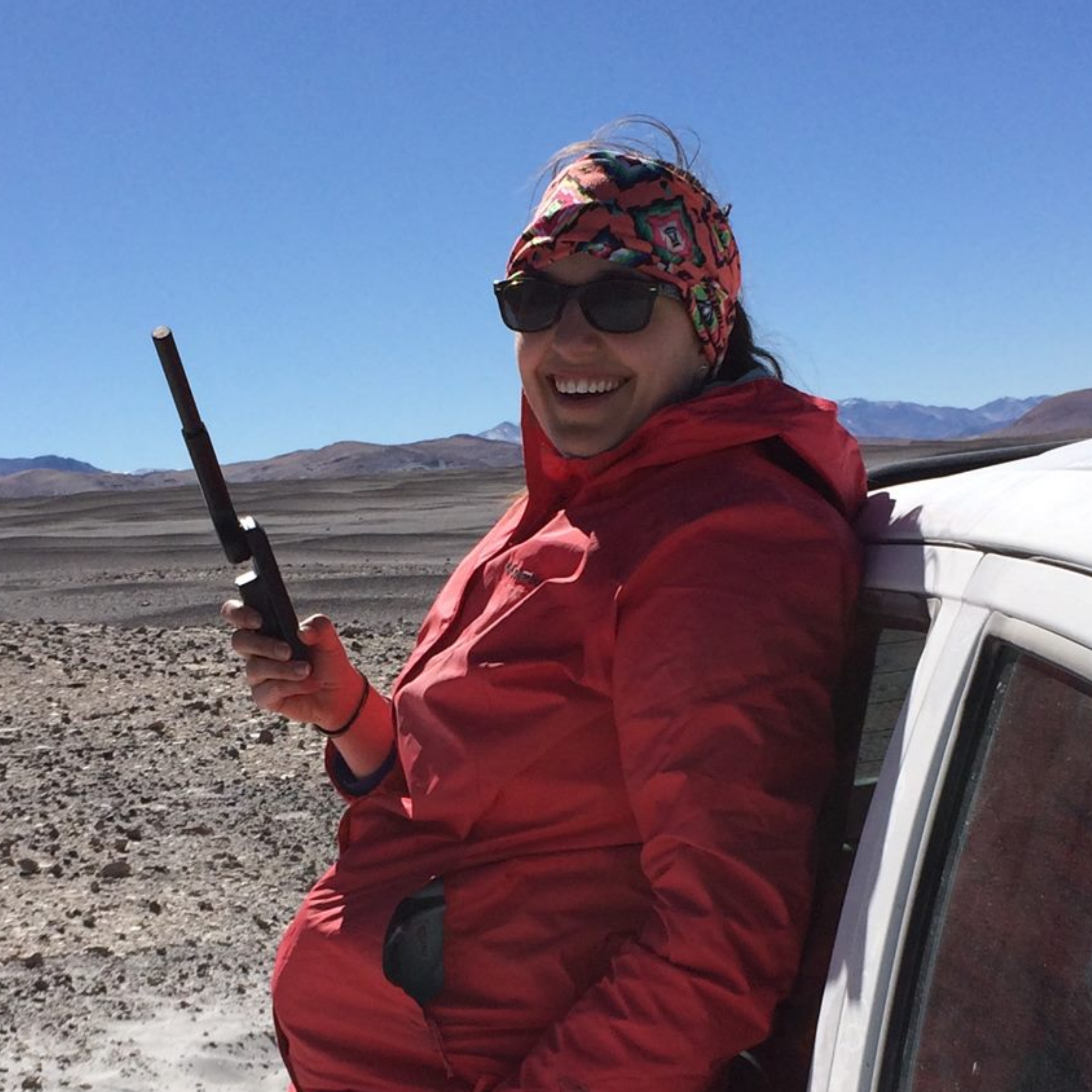
- Removed a total of (1) style float:left;
Thibaud Moutard [tibo mutɑʁ]

- Removed a total of (1) style float:left;
Isabel Rebollido Vázquez

- Removed a total of (1) style float:left;
Rozenn Robidel
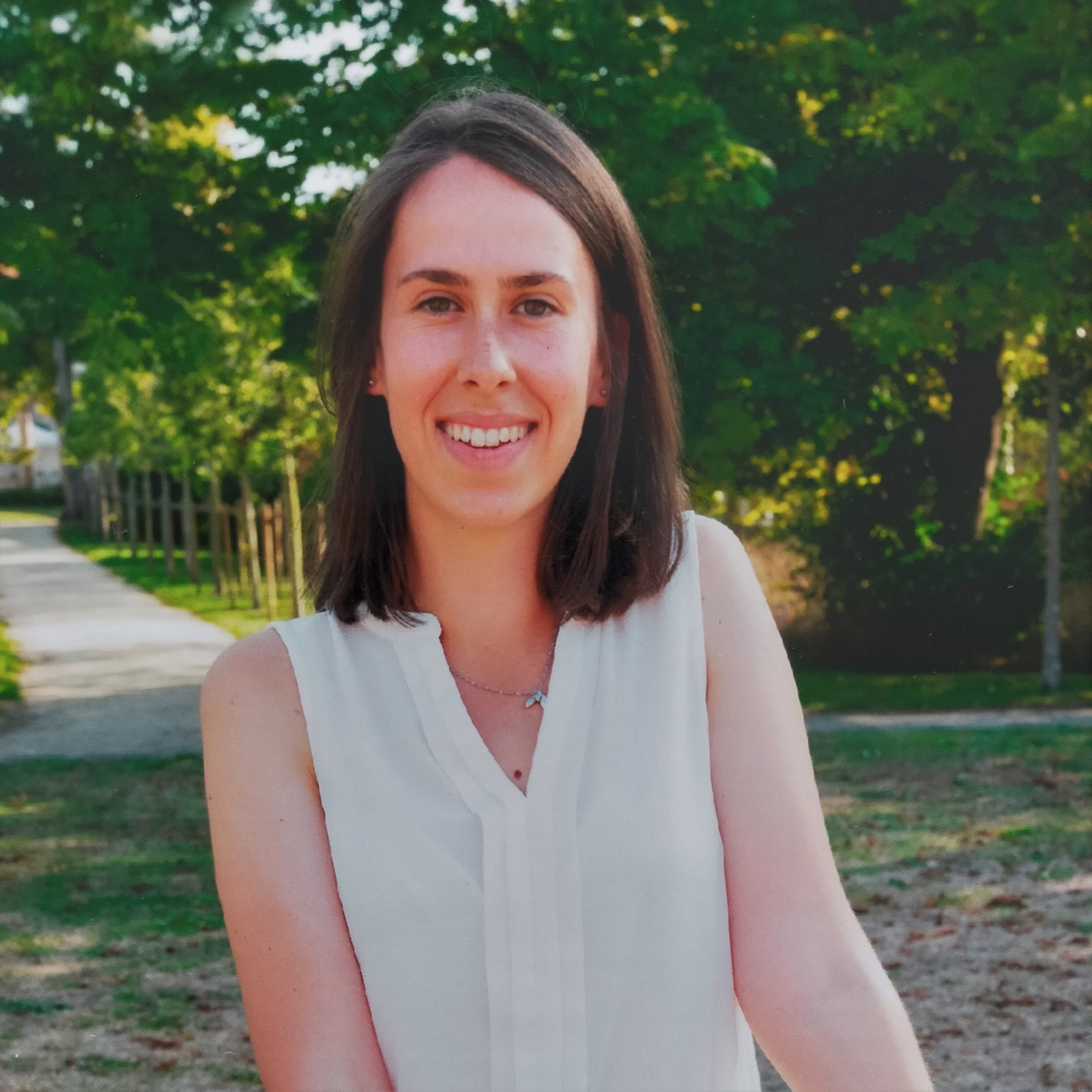
- Removed a total of (1) style float:left;
Laura Rodríguez García
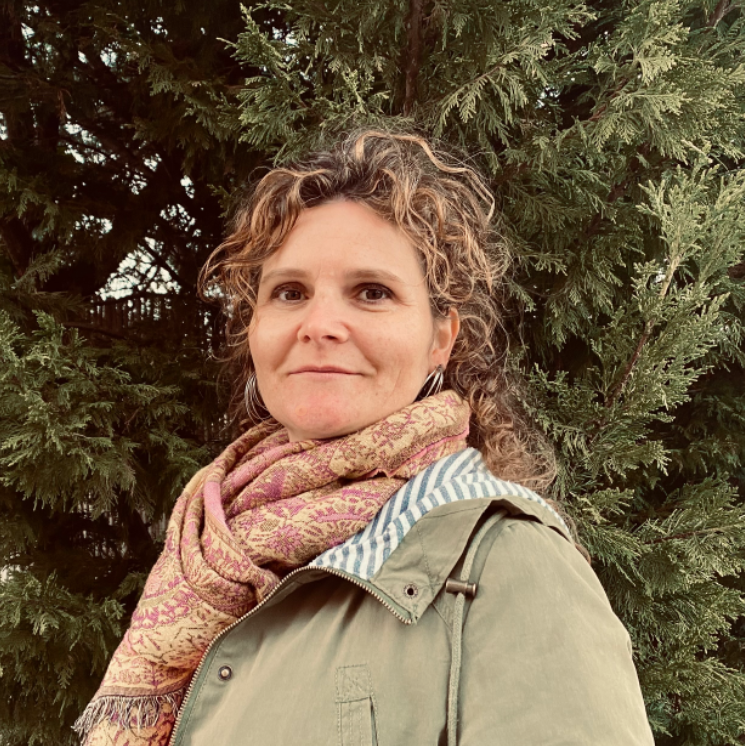
- Removed a total of (1) style float:left;
Matthew Standing
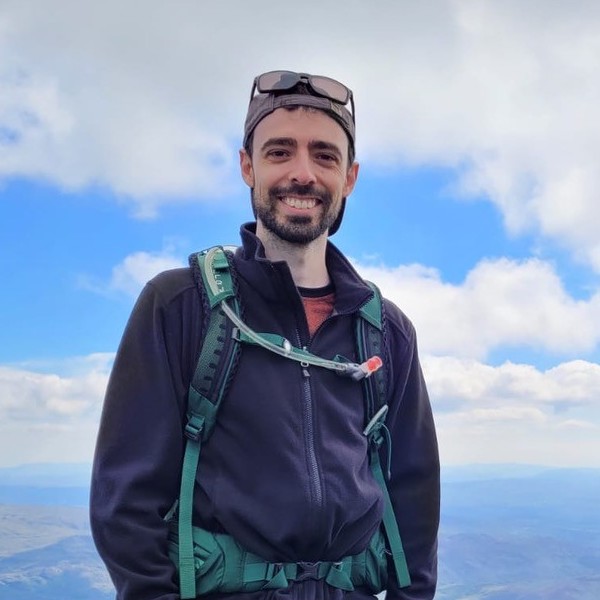
- Removed a total of (1) style float:left;
Andy Shu Ho To

- Removed a total of (1) style float:left;
Further information: Research Fellowships in Space Sciences & Exploration | RF FAQ | RF contact form | All current RFs
Last modified: 16 May 2023
- Removed a total of (1) style text-align:center;
- Removed a total of (1) style text-align:right;








































 Sign in
Sign in
 Science & Technology
Science & Technology